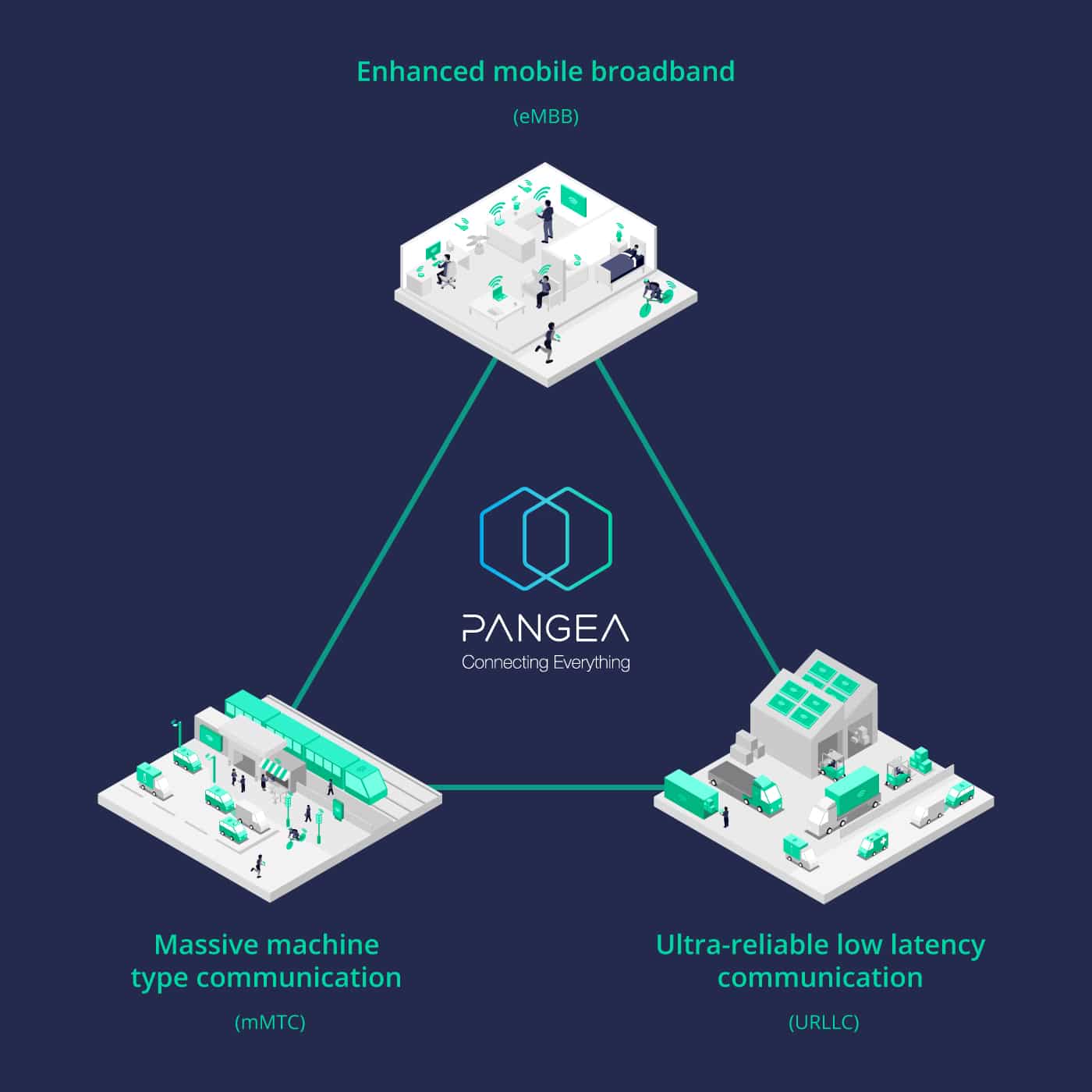It’s now been nearly a decade since the UK’s first 4G network was switched on; and what a glorious day that was for the consumer. Through 4G’s all-IP flat architecture that replaced 3G’s circuit-based telephony, we could stream our favourite shows on our commute, download entire albums and podcasts on the go, and navigate hectic cities with live-tracking maps. The business benefits were impressive too—higher productivity, stronger web presence, and better service to customers is nothing to sneeze at.
But how does it compare to 5G? It’s easy to look at the generational shifts in wireless networks and think that the leap from 4G to 5G will be like the rest—a general increase in speed, bandwidth, and capacity that lets us do what we already do, but better.
Not so!
The vast differences between 5G and 4G are a hot topic at research forums and industry events right now. 5G New Radio (NR)—the new digital system for sending bytes over the air—uses a millimeter wave spectrum with sub 30 and 60 GHz radio frequencies, which are far higher than 4G’s maximum of 2500 mhz.
This translates to three main uses cases, each opening doors to incredible technology in vertical industries—tech that’s going to change our world.
Enter the 5G Triangle!

Let’s take a look at how each use case will change how we think about wireless networks.
Enhanced Mobile Broadband
Enhanced Mobile Broadband (eMBB) is the rockstar of the 5G family. Now with its footprint in 14 countries across the globe, it’s the flashy use case that enables the ultra-fast connectivity all the speed freaks are excited for. With its huge data rates easily breaking the 1 Gbps barrier at many 5G sites across the UK, this is what’ll fulfill our dreams of watching a 16-bit high dynamic range (HDR) video with a frame rate over 60 fps.
Once businesses start taking advantage of 5G rollouts, eMBB will be a big factor in the media and entertainment industry. Beyond lightning-quick downloads and enhanced broadband in crowded public places, it’ll enable 360° video streaming and seamless, immersive AR and VR tech far beyond what we’ve got access to now.
But eMBB is just getting started! We can expect much higher speeds down the line, along with latencies as low as 4ms.
Ultra Reliable Low Latency Communication
The second corner of the 5G triangle is known as ultra-reliable low latency communication (URLLC), and it’ll prove to be the answer to many of our existing business needs.
Take the healthcare industry. As it stands, healthcare is lagging far behind in the journey to digitisation, and the reason has always been a lack of reliable connectivity. For instance, imagine a medical emergency where a doctor is operating based on information coming through a livestream. That video stream needs to be airtight; delayed images or information could lead to serious problems for the patient.
And while 4G networks may have enabled incredible speeds compared to 3G, they’ve always been vulnerable to coverage loss. 5G has no such issue—through its beamforming capabilities, it can focus transmissions and overcome interference.
In a fast-moving ambulance environment that’s rounding corners or travelling through tunnels, where connectivity could dip, this is vital; which is why it’s a key part of our 5G Project.
And the low latency—the other half of that monstrous acronym—is all about providing a delay-free connection, so that transmissions are as close to instant as can be. 5G promises 1ms of latency, which is 10 times less than that of 4G.
It’ll pave the way for precision technologies where every second counts; perhaps the most anticipated of these is the self-driving car. Smart vehicles need to be able to react to conditions on the road in realtime, if passengers are to be safe: like braking the very moment they detect a collision. Or with haptic technology that’ll allow for interaction over great distances, like the famous 100-mile rugby tackle.
Massive IoT
Finally, we’ve got massive machine-type communication (mMTC), otherwise known as massive IoT. As the name suggests, this aspect of 5G will allow massive densities of connected devices. 4G can support roughly 4,000 maximum devices per square kilometre; in comparison, 5G doesn’t break a sweat until it hits one million. This will not only match the huge increase in devices per household; but also meet the rising requirements of Industry 4.0.
And a little further in the future, it’s going to play a pivotal role in the smart cities of tomorrow. The world’s most tech-loving countries like South Korea, Japan, and Saudi Arabia are gearing up to create the world’s first smart city, where congestion-free connectivity will encompass every single aspect of resident’s lives.
All in all, each use case in the triangle is a powerhouse in its own right—but combining all three is where the magic happens.
Compare them side by side, and 5G blows 4G out of the water. Of course, there’s more to the story than that—5G is relying on 4G architecture for its initial rollouts, and 4G is an excellent choice for connectivity needs today.
But those needs will change as our society changes; and 5G will be there to fulfill them.
If you’re wondering how 5G holds up against fixed lines, check out my previous post. Or if you want to get ready to reap the benefits of 5G, give us a call!
Contact us





Comments are closed.